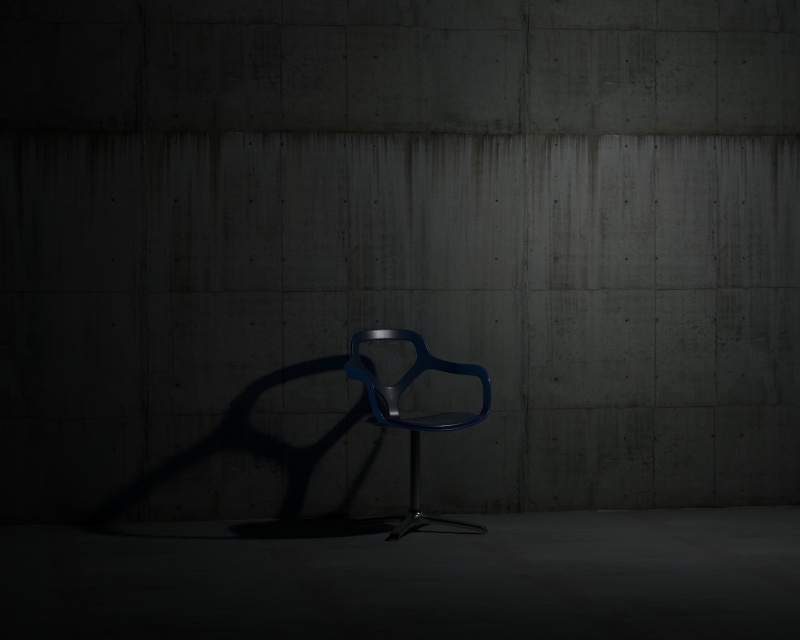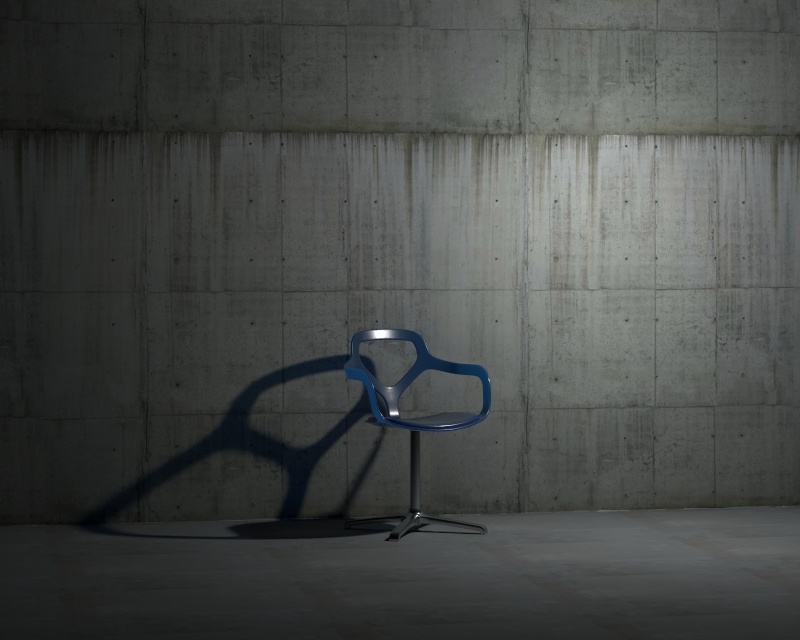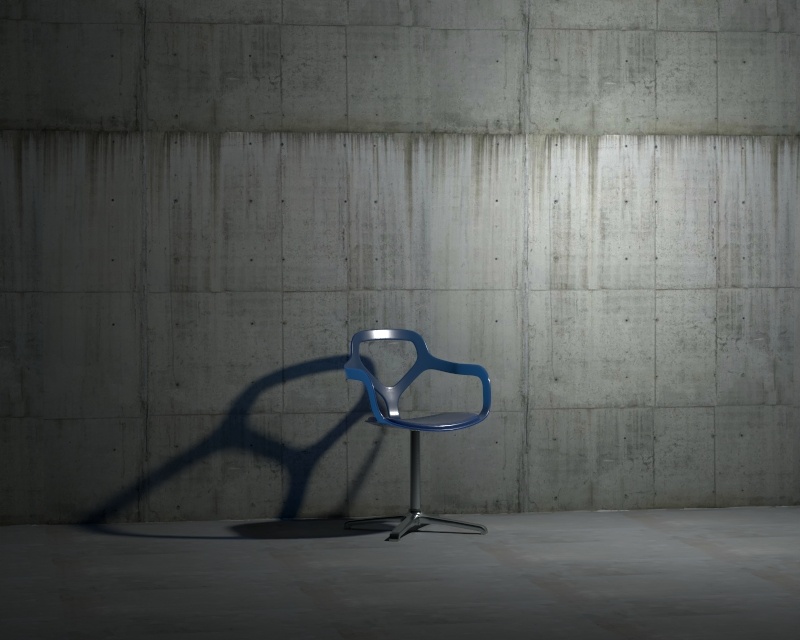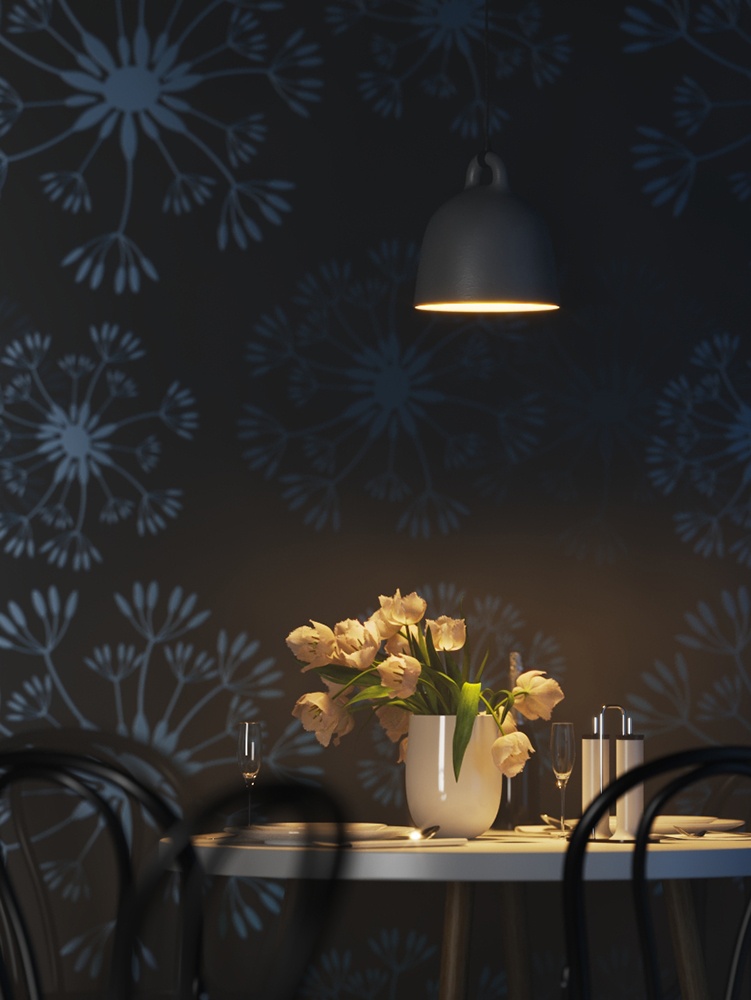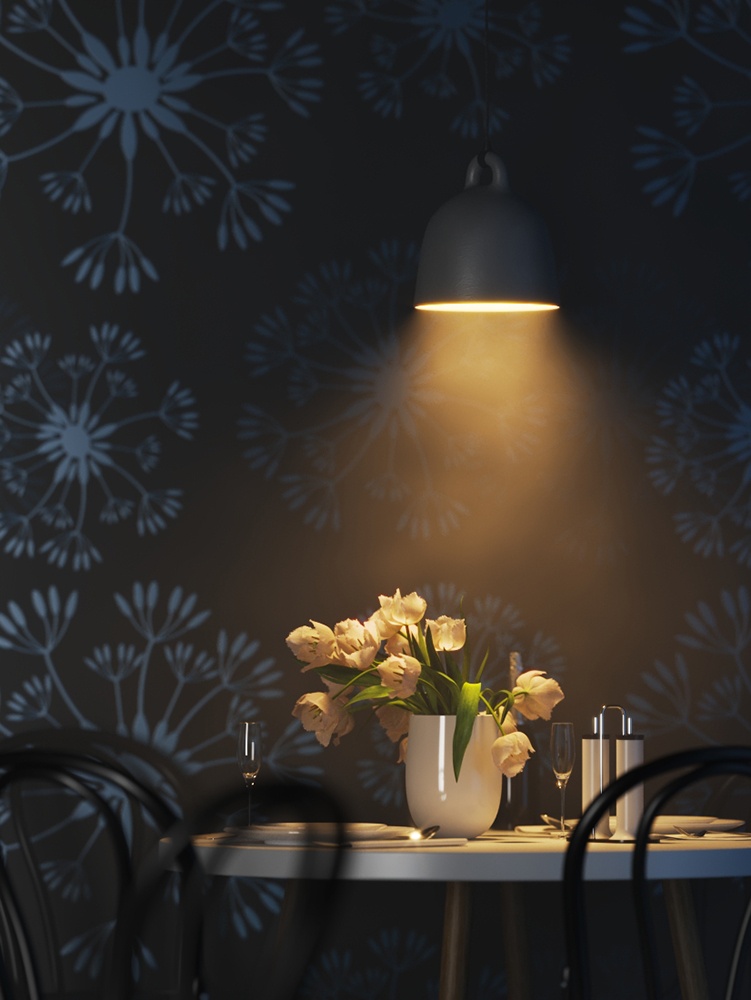Page History
This page provides information on the V-Ray Omni Light, also known as a Point Light.
Overview
...
The V-Ray Omni Light or Point Light is a V-Ray specific light source that can be used to create a physically accurate light. It emits light from a single location in all directions.
UI Path: ||obj Network|| > V-Ray > V-Ray Omni Light
Emission
...
| Section | ||||||||||||||||
|---|---|---|---|---|---|---|---|---|---|---|---|---|---|---|---|---|
|
| Anchor | ||||
|---|---|---|---|---|
|
...
...
Example: Intensity
...
This example shows how changing the Intensity parameter changes the light in the scene. Note that the values are calculated as Lumens.
| Section | ||||||||||||||||||||||||||||||||||||||||||||
|---|---|---|---|---|---|---|---|---|---|---|---|---|---|---|---|---|---|---|---|---|---|---|---|---|---|---|---|---|---|---|---|---|---|---|---|---|---|---|---|---|---|---|---|---|
|
Shadows
...
| Section | ||||||||||||||||
|---|---|---|---|---|---|---|---|---|---|---|---|---|---|---|---|---|
|
...
| Anchor | ||||
|---|---|---|---|---|
|
Example: Shadow Radius
...
This example shows how the shadow Radius parameter affects the light in the scene. Notice how lesser values result in sharper shadows and greater values result in blurrier and elongated shadows.
| Section | |||||||||||||||||||||||||||||||||||
|---|---|---|---|---|---|---|---|---|---|---|---|---|---|---|---|---|---|---|---|---|---|---|---|---|---|---|---|---|---|---|---|---|---|---|---|
|
Textures
...
| Section | ||||||||||||||||
|---|---|---|---|---|---|---|---|---|---|---|---|---|---|---|---|---|
|
...
Decay
...
The Decay parameters determine how the light fades in and out. The Near Decay determines how light fades in. The light isn't at its maximum value at its source, but instead gradually increases until it reaches the Near End. The Far Decay determines how light fades out. The light isn't at its maximum value at its end, but instead gradually decreases after the Far Start.
Decay option is useful for creating hotspots or controlling the length of a "God Rays" effect created with Environment Fog.
| Section | ||||||||||||||||
|---|---|---|---|---|---|---|---|---|---|---|---|---|---|---|---|---|
|
Advanced
...
| Section | ||||||||||||||||
|---|---|---|---|---|---|---|---|---|---|---|---|---|---|---|---|---|
|
...
| Anchor | ||||
|---|---|---|---|---|
|
| Multiexcerpt | ||||||
|---|---|---|---|---|---|---|
| ||||||
|
...
|
...
|
...
|
...
|
...
|
...
...
|
...
|
...
...

